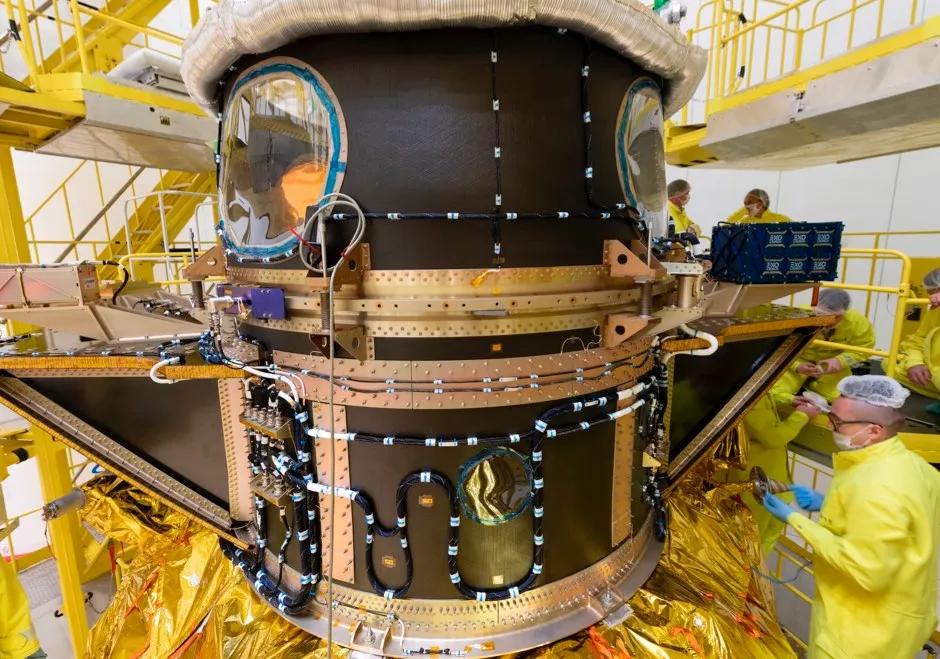A European spacecraft has been launched from South America on a three-year mission to study planets in other solar systems.
The Characterising ExOPlanets Satellite (CHEOPS) mission blasted off from Kourou, French Guiana, at 8.54am GMT on top of a Russian Soyuz rocket. The launch came 24 hours after a first attempt was delayed shortly before lift-off because of a software problem in the upper stage of the rocket.
The European Space Agency (ESA) says the satellite is the first mission dedicated to studying bright nearby stars that are already known to have planets.It will focus on “planets in the super-Earth to Neptune size range”.
The agency hopes that the data sent by the mission will enable the bulk density of those planets to be calculated, a first step towards understanding them better.
Read more about exoplanets:
- How synthetic atmospheres could help us hunt for alien life
- The weird worlds alien life could potentially survive on
- Project Discovery and its search for exoplanets – Bergur Finnbogason
Its telescope will focus on bright stars to determine the size of planets as they pass in front of their host star.
Swiss astronomer and Nobel Physics Prize winner Didier Queloz, who heads the CHEOPS science team, told The Associated Press that the mission will focus on 100 of the more than 4,000 exoplanets – planets beyond our own Solar System – discovered so far, partly to determine if there is a possibility of an Earth-like planet capable of sustaining life.
“We are one planetary system among many,” he said. “It’s all about our place in the universe and trying to understand it.”

A telescope will analyse the exoplanets’ densities and radii and determine whether they have atmospheres, Mr Queloz said.“We know nothing, except that they are there,” he said.
Mr Queloz added that the telescope might spend one orbit, or 100 minutes, on one exoplanet and maybe 50 orbits, or five days, on another one, depending on their sizes.
More than four hours are expected to pass between lift-off and the separation of satellites.The rocket also carried an Earth observation satellite for the Italian Space Agency that will serve scientists and commercial and government clients, according to launch company Arianespace.
Three other satellites included one that aims to study zodiacal light and image the Milky Way, officials said.
Reader Q&A: What colour is the sky on an exoplanet?
Asked by: Alex Pacynko, Bristol
The colour of the sky on an exoplanet depends on many things: the pressure, density and chemical composition of its atmosphere, the presence or absence of dust particles, vapour and clouds, the spectrum of the planet’s parent star, as well as the size, composition, colour and even biology of the planet itself.
On Earth, the sky is predominantly blue but becomes orange or red near the setting or rising Sun. On Mars, the opposite is true. These differences are mainly due to which compounds or gases are scattering and absorbing the sunlight.
Scattering is the predominant factor in most atmospheres and since molecules scatter short wavelengths best and longer wavelengths the least well, this often results in blue skies. But large amounts of dust will lighten and sometimes redden sky colours.
Mars’ atmosphere appears red because of the presence of iron oxide-rich dust particles. High-pressure atmospheres would be much lighter than lower pressure ones and could appear completely white or yellow.
Given the number of factors involved it isn’t unreasonable to suppose that exoplanet skies could be any colour at all – from blue or cyan, through green and yellow to red, orange and purple – even brown and white are possible.
Read more: